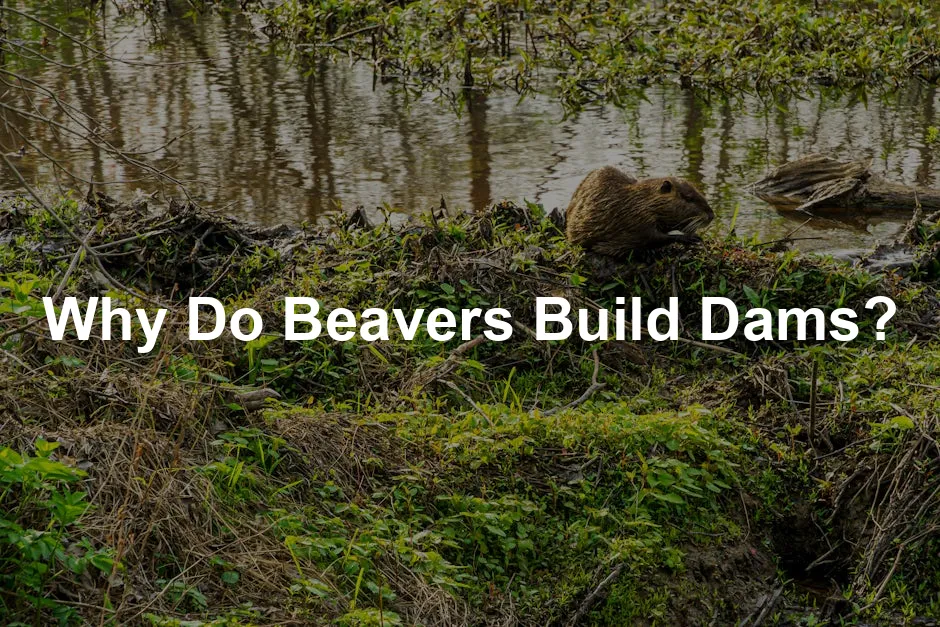
Why Do Beavers Build Dams?
Introduction
In the enchanting world of wildlife, few creatures are as industrious and fascinating as beavers. Often dubbed “nature’s engineers,” these furry architects transform their environments in remarkable ways—most notably, by building dams. But why do they engage in this relentless construction project? Is it just for fun, or is there a deeper purpose? Beavers build dams primarily for survival. Their body shape and ungainly nature make them vulnerable to predators like bears and wolves. To counter this, beavers create deep ponds that serve as a refuge, allowing them to thrive in their habitats. These ponds are not just for show; they provide a safe haven where beavers can construct their actual homes, known as lodges. Lodges are built on small, protective islands within these ponds. This design offers safety from threats, as the underwater entrances allow beavers to escape if danger arises. Imagine a fortress made of sticks and mud, with a secret tunnel that leads to safety. That’s the beaver’s version of a high-tech security system! The construction of these dams and lodges is a year-round endeavor. Beavers are busy critters, constantly gnawing on trees, collecting branches, and packing mud to create their impressive structures. Their engineering skills are nothing short of remarkable. Some dams can reach lengths of over 500 meters, showcasing their ability to manipulate the landscape. But the benefits of dam-building extend beyond just personal safety. The ponds created by these dams also serve as food storage areas, especially during the colder months. Beavers are herbivores, primarily feeding on tree bark, leaves, and aquatic plants. They cleverly store food underwater, ensuring a steady supply even when ice covers the surface. If you’re fascinated by the biology and behavior of beavers, check out The Beaver Handbook: A Guide to the Biology and Behavior of Beavers. It offers a detailed look into the fascinating lives of these creatures and their ecological importance. In addition to their personal advantages, beavers play a vital role in the ecosystem. Their dams create wetlands, which provide habitats for various species. This transformation leads to a rich biodiversity that benefits not only beavers but also countless other animals and plants. So, prepare to discover how these creatures not only create homes for themselves but also shape entire ecosystems in the process. As we unravel the mysteries of beaver behavior, you’ll find that these little engineers are more significant to our environment than we might think.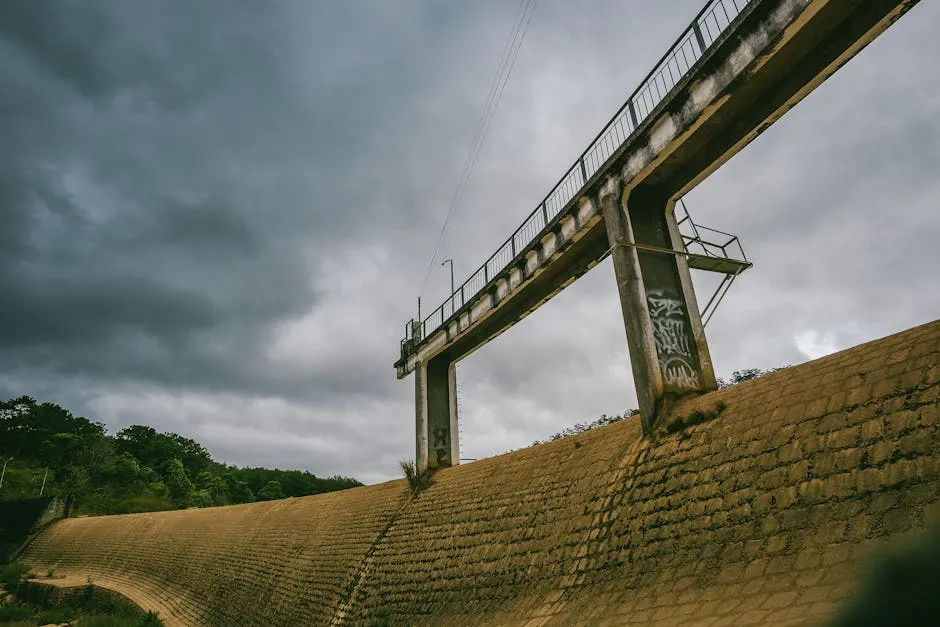
Summary of Key Points
Beavers are much more than cute, furry animals; they are vital players in our ecosystems. By building dams, they create ponds that provide protection from predators, allowing them to thrive in their habitats. These ponds also serve as a food storage area, especially during the colder months. Beavers are known for their impressive engineering skills, constructing dams that can reach significant lengths and heights. Furthermore, the ecological benefits of beaver dams are profound; they promote wetland restoration, enhance biodiversity, and improve water quality. This article will explore the various reasons behind dam building, the ecological impacts, and how humans can coexist with these remarkable creatures. As we unravel the mysteries of beaver behavior, you’ll find that these little engineers are more significant to our environment than we might think.The Purpose of Dams: Safety and Survival
Beavers are master builders, and their dams serve a crucial purpose: safety. These structures create deep ponds that act as a shield against predators like bears and wolves. Imagine being a beaver, paddling about, and suddenly spotting a hungry bear! No thanks! The dam transforms the landscape into a watery fortress. Within these ponds, beavers construct their homes, called lodges. These lodges are not just any homes; they are cozy, floating islands made of sticks, mud, and grass. The water surrounding them acts as a moat, making it difficult for predators to reach their furry inhabitants. Now, let’s talk about the clever design of these lodges. Beavers are all about that underwater entrance life! They build their lodges with secret entrances that are submerged. This allows them to make a quick getaway if danger approaches. It’s like having a hidden escape route, ensuring they can scurry away without being noticed. If you’re curious about the broader ecological impacts of beavers, consider reading Beavers: The Animal Answer Guide. This resource dives into their behavior and the ecological roles they play, enriching your understanding of these dynamic creatures. So, the next time you see a beaver dam, remember it’s more than just a pile of logs. It’s a sophisticated safety system designed to keep these adorable engineers safe from harm while they enjoy their busy, bustling life in the water.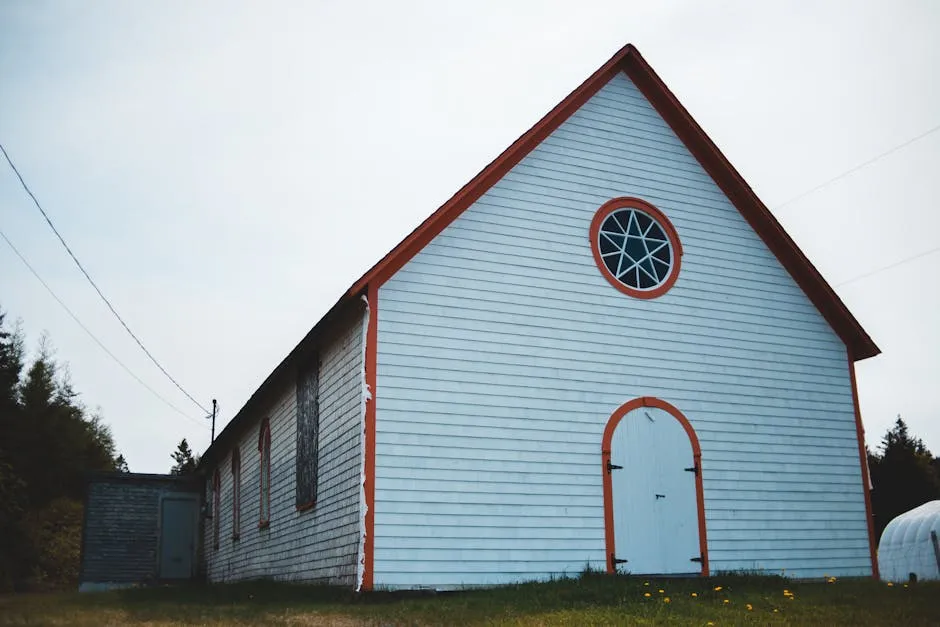
To learn more about the fascinating reasons behind their dam-building behavior, check out this article on why do beavers build dams.
The Challenges of Coexisting with Beavers
Conflicts with Human Activities
Beaver dams can be a double-edged sword. On one hand, they create delightful wetlands, teeming with life. On the other, they can lead to unexpected flooding in human-inhabited areas. When beavers build their dams, they can raise water levels significantly, sometimes submerging fields, gardens, and even homes. This can turn your backyard into a mini lake faster than you can say “dam it!” Farmers often bear the brunt of these conflicts. Imagine tending to your crops, only to find them knee-deep in water. Irrigation systems might get disrupted, and pasture lands can become unusable. It’s a beaver buffet, and unfortunately, the farmers are left with soggy shoes and dwindling harvests. Additionally, the structural integrity of roads, bridges, and railways can be compromised by the excessive moisture retained by these industrious rodents. It’s safe to say that managing beavers is no small task! If you’re interested in monitoring beaver activity to better manage these interactions, consider a Wildlife Camera for Monitoring Beaver Activity. This tool allows you to capture footage of these busy builders in action, giving you insights into their behavior and the impact on your land.
Management Strategies
So, how do we manage this furry conundrum? Fear not, for there are several strategies to keep both beavers and humans happy. One popular solution is the use of beaver baffles and flow devices. These nifty inventions allow water to flow through the dam while keeping the pond level regulated. Imagine a water management system that’s both efficient and friendly. Another tactic involves installing wire mesh fences around vulnerable trees. This prevents beavers from gnawing on your favorite oak, leaving it standing tall instead of being transformed into a beaver’s dinner. For those more serious about beaver control, relocating them to suitable habitats can also be an option. If you’re venturing into the great outdoors, you might want to check out an Outdoor Survival Gear Kit. It’s essential for anyone looking to explore beaver habitats without a hitch! Overall, striking a balance between human needs and beaver habitats is crucial. With some clever management strategies, we can coexist with these furry architects while preventing flooding and protecting our land.
Fun Facts About Beavers
Did you know beavers are nature’s original engineers? Here are some intriguing tidbits about these incredible creatures!- Busy Builders: Beavers can cut down trees that are larger than themselves. Their strong teeth grow continuously, requiring constant gnawing. Talk about a full-time job!
- Underwater Architects: Beavers construct their lodges with underwater entrances. This clever design keeps them safe from predators while they enjoy their cozy homes. It’s like having a secret hideout in plain sight!
- The Largest Beaver Dam: The largest known beaver dam is located in Alberta, Canada, and measures a staggering 850 meters long. That’s longer than some football fields! It’s a true testament to their building prowess.
- Beaver Population: A typical beaver family consists of about five members. These social animals are quite the family-oriented bunch, working together to maintain their home sweet home.
- Eco-Warriors: Beavers play a vital role in their ecosystems. Their dams create wetlands that support various wildlife, making them essential for biodiversity. Without them, many species would struggle to find suitable habitats.
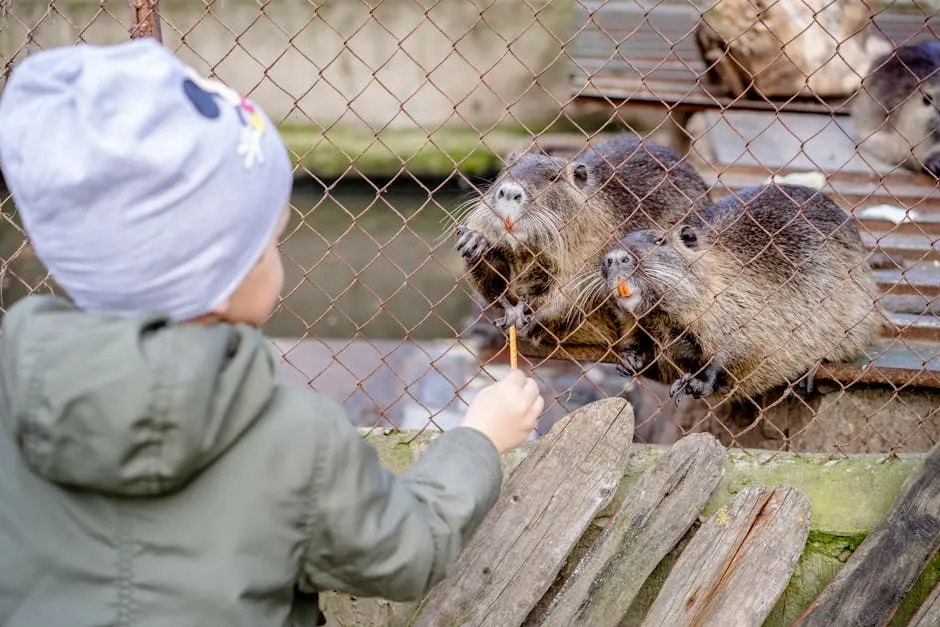
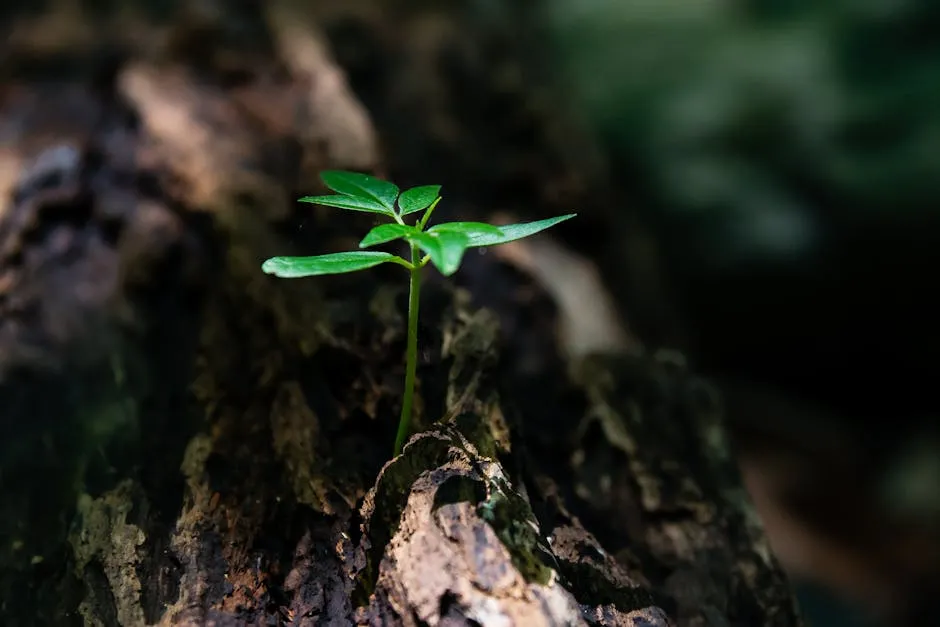
Conclusion
In summary, beavers are extraordinary creatures whose dam-building skills are crucial for their survival and the health of ecosystems. These furry architects create ponds that serve as safe havens from predators like bears and wolves. Imagine a beaver, paddling through the water, feeling like the king of its castle! The ponds not only protect them but also provide a cozy environment for their homes, called lodges. Lodges are built on small islands, ensuring a dry living area while allowing easy access to underwater entrances. This clever design helps beavers escape threats swiftly, like a secret superhero exit. Their impressive engineering skills result in dams that can reach significant lengths, transforming landscapes into vibrant wetland ecosystems. The benefits of dam-building extend beyond personal safety. Beavers contribute to biodiversity, creating habitats for countless species. Their ponds support fish, amphibians, and plants, making them essential players in maintaining ecological balance. By fostering rich wetlands, beavers promote nutrient cycling and improve water quality, benefitting both wildlife and humans alike. If you’re looking to explore the fascinating world of beavers further, consider picking up The Complete Guide to Beavers. It’s an excellent resource for understanding their behavior, habitats, and ecological significance. As we learn more about the vital roles that beavers play in our environment, it becomes increasingly clear that coexistence is essential. While beaver dams can occasionally lead to flooding in agricultural areas, effective management strategies can help mitigate conflicts. Solutions such as beaver baffles and flow devices allow us to appreciate their ecological contributions while protecting human interests. So next time you see a beaver dam, remember that you’re witnessing nature’s engineering at its finest! These industrious animals remind us of the interconnectedness of life and the importance of preserving their habitats. Embracing the presence of beavers can lead to healthier ecosystems, making our world a better place.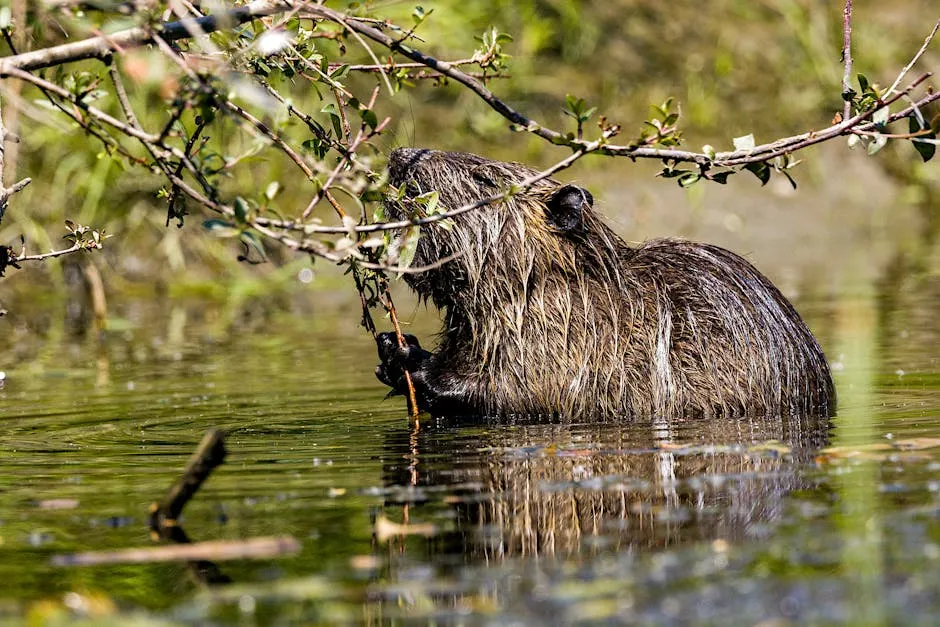
FAQs
Why do beavers slap their tails on the water?
Beavers slap their tails on the water to signal danger. This alerts family members to dive underwater for safety. It’s like a beaver alarm system!
Are beavers nocturnal?
Yes, beavers are nocturnal. They typically emerge from their lodges around 7:00 PM to groom and feed, returning before sunrise. This helps them avoid predators.
What do beavers eat?
Beavers are herbivores, primarily consuming tree bark, leaves, and aquatic plants. They love willows and aspens, often storing food underwater for winter.
How long do beavers live?
Beavers typically live around 7 to 10 years in the wild, though some may live longer in protected environments.
Can beavers really be seen from space?
Contrary to popular belief, beaver dams are not visible from space. They can be large but not large enough to be spotted by satellites!
Please let us know what you think about our content by leaving a comment down below!
Thank you for reading till here 🙂
All images from Pexels




